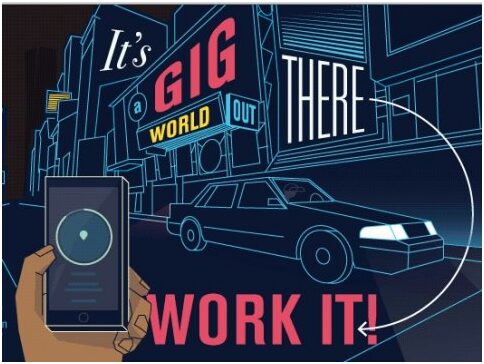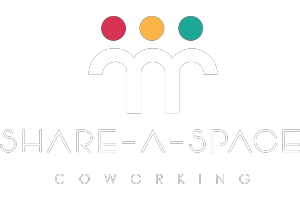
The Covid 19 pandemic has transformed our lives completely. It has changed our perspectives / outlook towards everything – as individuals, as employees, and also as humans. It has affected every sector – especially the business sector, and companies are compelled to modify their business models – in terms of the financial and operational challenges that they are facing. They have to find ways to traverse through this perpetual uncertainty, bolster up their abilities and become dynamically stable.
Even before the pandemic struck, digitisation had already influenced the ways in which companiescarry out business. It also has altered the way they interact with their employees as well as clients. While Covid has constrained companies to administer remote working and withadvancing digitisation, we notice companies create better plans and strategies to sail through and sustain. Incorporating many skilled gig workers along with their regular employees is one of the many propositions.
Gig workers are the usually independent contractors or freelancers who take up temporary or part time jobs, enjoying their freedom of determining the working hours, working from a location of their choice and being your own accord. Contract workers are usually hired by companies for a particular project for a stipulated time and are paid salary, bonus but cannot work for any other company. While freelancers can be said to be self- employed, can take up work from anyone, also may be called as solo entrepreneurs. Not all companies have the ethos that acclimatises gig workers, but most of them gravitate and are showing a shift towards adapting this trend.
Teleworking, if we may call it so, has revealed another facet of working – “Blended workforce.”Itincludes a variety of employeessuch as full-time staff, part-time employees, temporary employees, independent contractors and freelancers. By following newer business models encompassing ‘Blended workforce’, companies expect to have a better and resilient future amidst this unpredictability caused by Covid. Another major reason for absorbing this working, is that companies want skilled workers to solve problems quickly and at the same time avoid costs related to permanent employees.

Blended workforce has multitude benefits.
• Workers are usually content as they feel good about being able to utilise their knowledge well and at the same time enjoy their work.
• As there are diverse type of workers, any issue can be dealt with varied and unique perspectives and thus resolved faster. Many a times, an outsider – who isn’t associated with the company permanently, can have a completely different interpretation, which permanent employees may disregard as they are in a frame of mind bound by the traditional office policies and styles.
• It gives quick and direct access to specialised talents around. Many contractors keep on upgrading their skills as they would be in demand and companies hire them only as and when needed.
• This also helps in lowering the staffing overhead, because hiring and having permanent personnel is a costly affair. Whereas getting freelancers only when required will reduce the costs.
• Work life balance is usually well maintained resulting in increased productivity.As workers have a wide range of tasks, they work more passionately, doing same task for years at times may eliminate the creativity. Thus, job satisfaction is higher.
• Environment is more flexible, as it is a blend of stable permanent staff along with high performance aspirants.
• It is helpful in scaling operations up and down, reducing cost of physical space which is of prime consideration today.
Given all this, there are of course challenges as well in Blended workforce.
The management of remote working is not as easy. Given the distant locations and time-zones, scheduling the meetings, time to time interactions and ensuring convenience of all workers is daunting, though technology does assist in achieving this. Building a sense of togetherness is arduous as direct socialisation is absent. Also, as these are independent workers, their working hours may not necessarily be in line with the regular business hours proving hindrance in co-ordination.
Not every industry can use blended workforce as some need to have permanent employees to provide the needed stability. Yet, all things considered, Blended workforce has already stepped in and is welcomed by many.
As we all know, this pandemic has definitely changed the way companies drive their workforce. While some think that the future of work may be hybrid, others consider Remote+ to be a better option and still others suppose Satellite offices would be the next trend.
Ultimately, in these present circumstances, wheneverything is still so unsure, and each one of us is sceptical,companies need to look at an approach which will integrate both – full time and on-demand workers because eventually, theyhave to recover, grow stronger, and take on a new lease of life.

